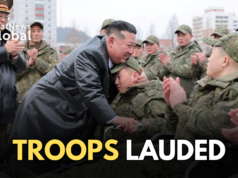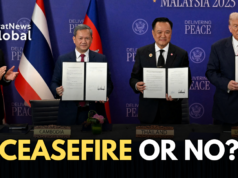In the last week, two countries have shown interest in exploring a critical minerals partnership with India: Canada and Venezuela. This is a welcome step for New Delhi, which is seeking to capitalise on its vast reserves of rare earth elements (REEs), thorium, niobium, and other critical minerals. With these resources, the nation is uniquely positioned to transform its mineral wealth into the backbone of defence, clean energy, electronics, and advanced manufacturing.
However, the thought to implementation process for this is taking a while. Anindita Sinh, Research Associate at Centre for Social and Economic Progress, told StratNewsGlobal on The Gist that the turnaround time to set up a mine that is viable is somewhere around 7-10 years. “Exploration itself has been an underfunded sector historically, so there has to be a push for that. Environmental clearances need to be done, which takes a lot of time. Getting a mine to work is often hard.”
Even if extraction is outsourced, India faces other challenges, says Sinh: There is no manufacturing capacity within India. “Even if we do get a lot of these minerals and raw materials from other nations, we don’t have the capacity within the nation to actually do something with them,” she adds.
Simply said, mineral extraction alone cannot help, and India needs to look downstream as part of its framework. Refining and recycling of critical minerals is the low-hanging fruit that India can achieve and be competitive in, even if the raw imports come from India’s own resource pool or from its investments abroad.
This is where Sinh believes international partnerships would play in. In her paper, “Partnerships for Self-Reliance: Internationalising India’s Critical Minerals Sector”, she suggests that India’s rare earths industry can benefit in partnerships with more like-minded nations in the Global South, versus the current scenario where we focus on the Global North. “We can look at Indonesia, different partners in Africa, Latin America, and perhaps even Brazil. We have similar economic needs, experiences, culture with these nations, so there is a lot more in tandem with them.”
In fact, she also suggests that India can consider increasing its engagement with China, the world’s largest rare earths exporter. While it has to be done with caution, limited interaction can help India diversify its supply chains, build technology and capacity within the country too.
Her other suggestions also include focusing more on partnerships, processing and getting the private sector involved. Policy recommendations on relaxing overlapping mandates and providing tax incentives were also made. Sinh is confident that these measures will help India achieve self-reliance in this sector.
To watch the whole interview, click here.




